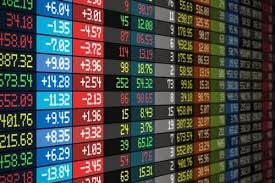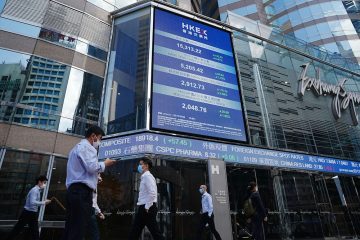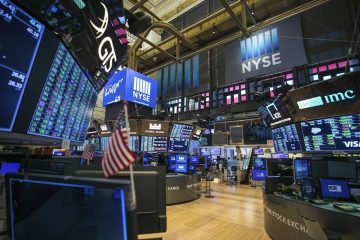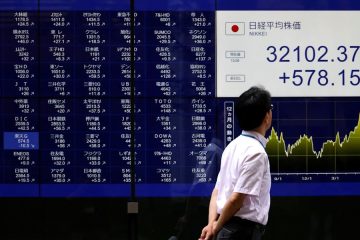The contrarian case for emerging markets

TWENTY years ago, on August 17th 1998, the Russian government devalued the rouble, defaulted on its domestic debts and suspended all payments to foreign creditors. It was one of the most dramatic days of a year-long emerging-market crisis that began with the devaluation of the Thai baht. South Korea and Malaysia would suffer brutal recessions. President Suharto of Indonesia was forced to resign after 32 years that May. But it was Russia’s default that shook the world.
Talk of rich-world recession was soon in the air. The Federal Reserve would cut interest rates three times before the year was out. The MSCI index of emerging-market stocks, which had lost 40% of its dollar value in the year leading up to August 1998, dropped by more than a quarter in that month alone.
Emerging-market assets are not as scorned now as they were then. The panic resulting from Turkey’s crisis is not anything like as acute. But there is no shortage of reasons for investors to be wary.
Unloved asset classes have at least one charm—they tend to sell at a discount. The price you pay for a stream of company earnings in emerging markets is lower than in the rich world—and far lower than in America. After a Turkey-inspired sell-off in the foreign-exchange market, currencies look fairly valued. A lot of fund managers would be putting their careers at risk by buying assets that have just fallen a lot. But those with longer horizons may find it worthwhile to take a look.
It is not so much that emerging markets are cheap, but that they are not dear. The price-to-earnings, or PE, ratio for the dollar index of emerging-market stocks is 14, a bit below its average since 1996. It looks even better value when you compare its PE ratio to that of the S&P 500 index of American stocks over time. At the start of 1996, both had PE ratios of around 18. Whenever the S&P 500’s valuation has since risen relative to that of emerging-market stocks, it has eventually fallen back again (see chart). America’s stockmarket currently has a PE of 23. It has been even dearer relative to emerging-market stocks in the past—but only rarely.
Sound FX
There other factors to consider. Currency risk is one. In rich countries, stocks and currencies sometimes move in offsetting directions. When the pound slumped after the Brexit vote in June 2016, it prompted a rally in British stocks, as companies’ foreign earnings became more valuable in sterling terms. Emerging markets are different. The prices of shares and currencies tend to rise and fall in tandem.
Buying cheap stocks is no good if the currencies they are denominated in are overvalued. But is not obvious that they are. Even before the recent selling, real exchange rates in most big emerging markets were below their ten-year averages. A bout of high inflation would upset that reckoning. Currencies might then need to fall to keep the real exchange rate steady and exports competitive. That is not a big risk. Of the 25 emerging markets listed on the indicator pages of The Economist, only three (Turkey, Argentina and Egypt) have inflation rates above 6%. Most are below 3%.
It is unsurprising, then, that emerging markets are favoured by “value” investors. This austere band prefers stocks with a low PE or a low price relative to the book value of assets. GMO, a fund-management group with an almost fanatical devotion to value, has a heavy weighting of emerging-market shares in its discretionary portfolio (and no American equities).
For many tastes, the value approach is a bit too virtuous, a little too much like a diet of steamed vegetables. There is no law that says cheap stocks cannot become cheaper. Turkey may be an outlier in terms of its erratic policymaking and the scale of its foreign debts, but its agonies seem likely to be protracted. Troubles elsewhere are a drain on confidence. Russia is another target of US sanctions. Mexico has NAFTA negotiations hanging over it. Elections in Brazil are likely to be fractious. China’s economy is slowing. The valuation gap with America may already be stretched. But it could still widen.
It would be nice if it were easy to judge when to lighten up on dear stocks and load up on cheaper ones. People who can do this reliably are rare. For everyone else, valuation must come into the reckoning. Betting on emerging markets at this juncture would be gutsy. But sometimes the time to buy is when others are scared. There was plenty to fear 20 years ago. The emerging-market crisis had rattled much of Asia and would soon roil Brazil and Argentina. Even so, emerging-market stocks reached a low in dollar terms a few weeks after the Russian default. Within 18 months they had doubled.
This article appeared in the Finance and economics section of the print edition under the headline “Value judgment”





